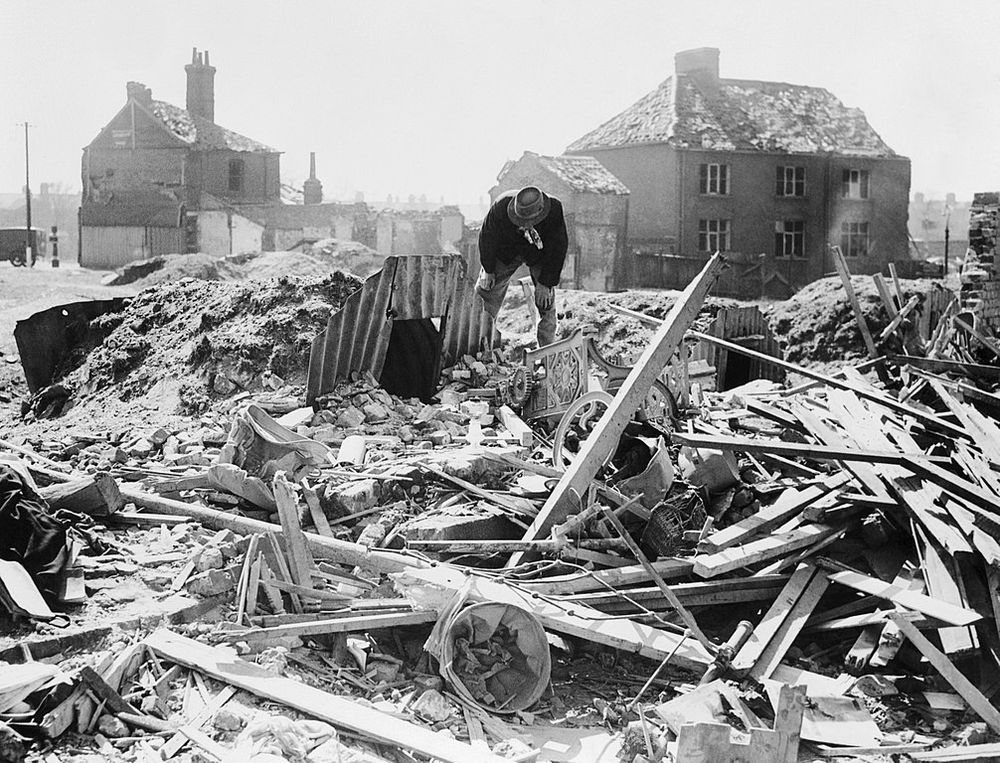
Anderson Shelters The Backyard Bunkers That Saved Britons From Luftwaffe Bombings Amusing
Atlas Survival Shelters still produces the Anderson Shelter today. It was created in 1939 in England to protect the civilian population from aerial bombardment. DesignThis simple shelter measured 6 feet high, 4.5 feet wide, and 6.5 feet long. They were buried 4 feet deep into the soil and then covered with a minimum of 15
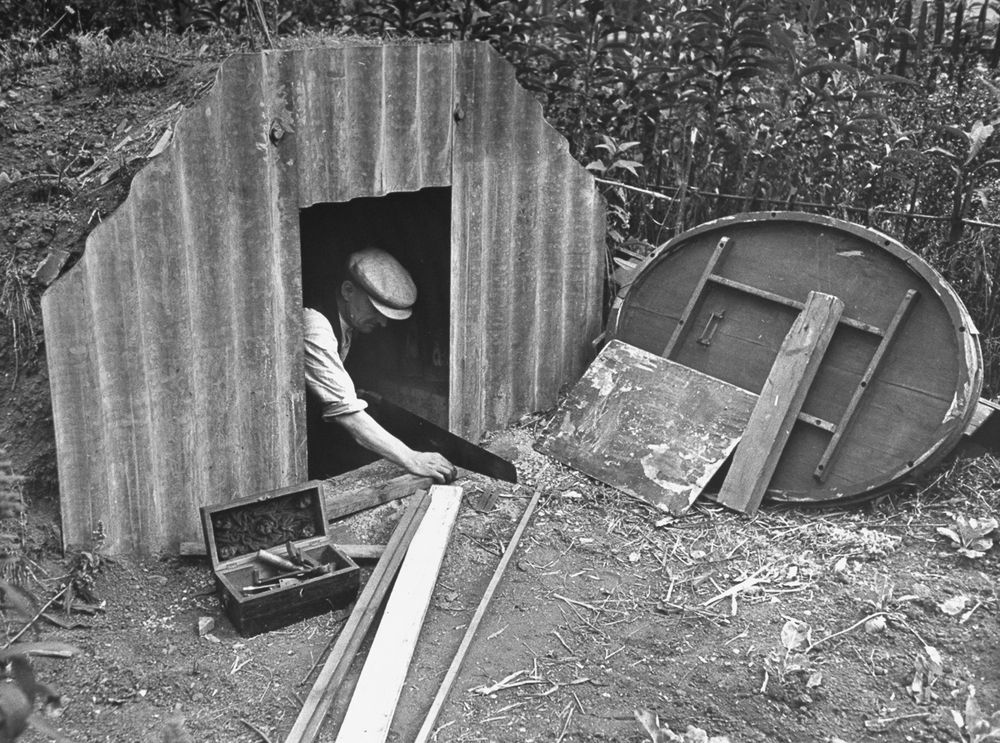
Anderson Shelters The Backyard Bunkers That Saved Britons From Luftwaffe Bombings Amusing
Learn more about Anderson Animal Shelter in South Elgin, IL, and search the available pets they have up for adoption on Petfinder. Anderson Animal Shelter in South Elgin, IL has pets available for adoption. Close this dialog. Find a Pet All About Pets.
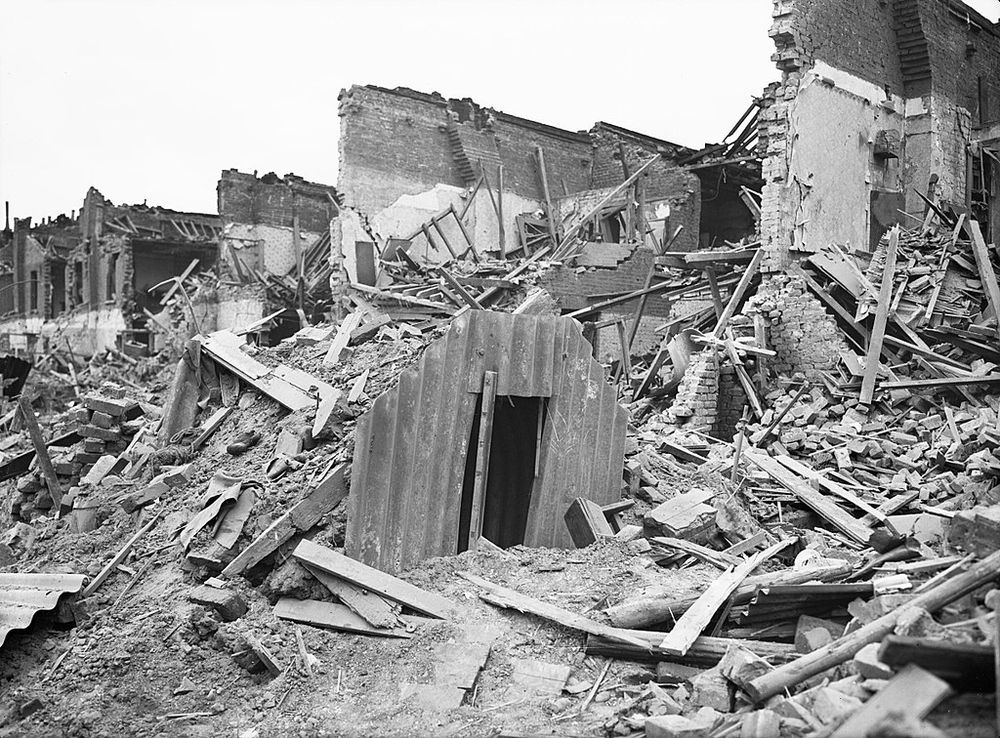
Anderson Shelters The Backyard Bunkers That Saved Britons From Luftwaffe Bombings Amusing
Al Manton kindly sent me photos of a swivelling box spanner that he found in an Anderson shelter on his allotment. He notes: It is not a scaffolder's spanner. The box section is stamped 1/2″ W & 7/16″ W & both sizes correspond with the original 1 1/2″ long Whitworth nuts & bolts supplied to fit the shelter together.

. Garden Theme, Garden Room, Outdoor Play, Outdoor Camping, Permaculture, Ww2 Bomb, Anderson
4. Anderson shelters were initially pre-emptive. Britain's preparations for air raid shelters began in 1938, and the first Anderson shelter was set up in Islington, London, in February 1939. By the time Britain and France declared war on Germany on 3 September 1939, 1.5 million Anderson shelters had already been constructed.
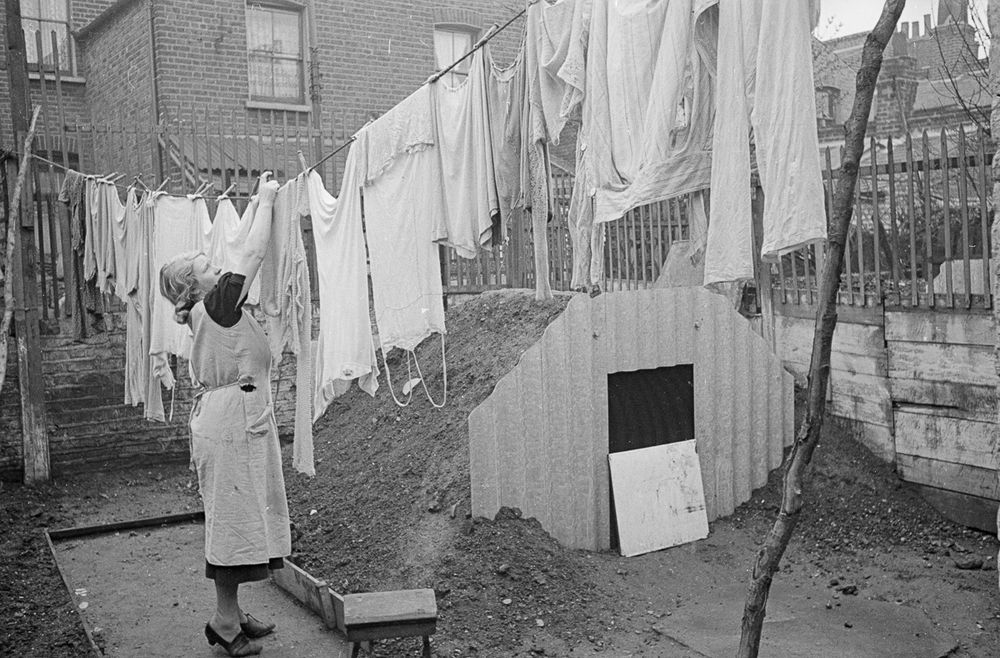
Anderson Shelters The Backyard Bunkers That Saved Britons From Luftwaffe Bombings Amusing
She and her son (Anderson shelter) built a shelter. Original diagrams: Anderson Shelters were small, inexpensive shelters that could be placed in people's gardens. They were designed to provide protection for those living in areas expected to be bombed by the German air force, the Luftwaffe. The shelters were named after John Anderson, who was.

Pin on crafts
The shelters were given to people in areas that were at risk of being bombed by the Germans. Over the course of World War 2, another 2.1 million Anderson shelters were built in gardens around the country. Anderson shelters were free for people who earned less than £250 per year. For those with a higher income, they could be bought for £7.
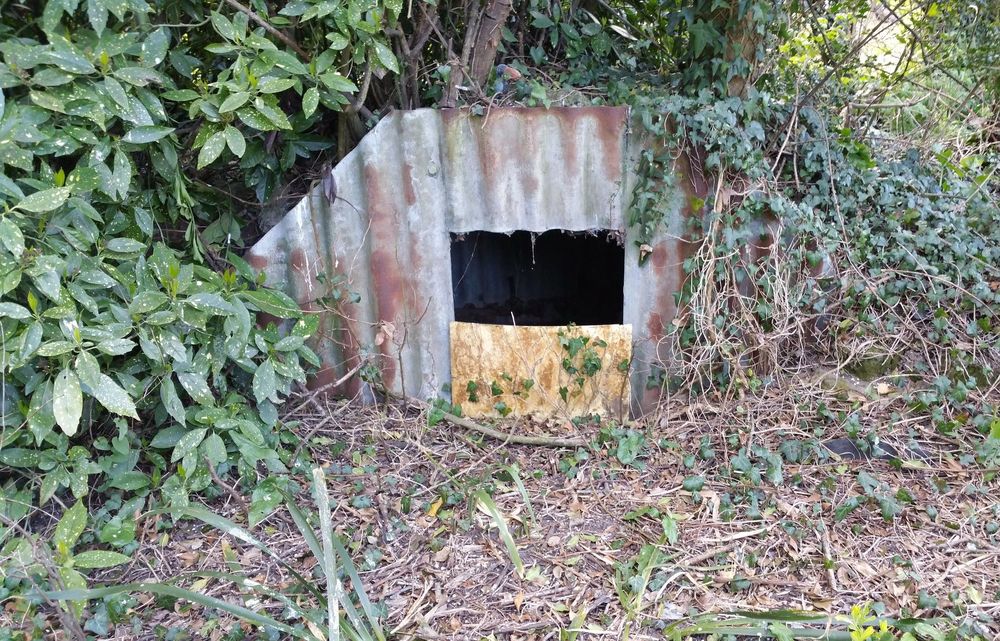
Anderson Shelters The Backyard Bunkers That Saved Britons From Luftwaffe Bombings Amusing
Diagram of how to construct an Anderson Shelter, Catalogue ref: ZPER 34/196 Experts said that bombing would kill hundreds of thousands of people. So new plans were made for mass evacuation, the construction of large public shelters, and the erection of small units in private gardens ("Anderson" shelters) and inside houses ("Morrison" shelters). Although the […]

Anderson Shelter at the BCLM 1940s Weekend Anderson shelter, 1940s home, 1940s home decor
RF WA7F6B - Exterior view of an Anderson Shelter from the 1940s that was usually built at the bottom of the garden for protection from bombs in World War II. RM 2T1KJP6 - Doris and Alan Suter entering the Anderson shelter in their garden at 44 Edgeworth Road, Eltham, London, duirng the summer of 1940. Doris and Alan Suter step down into the.

Anderson Shelters The Backyard Bunkers That Saved Britons From Luftwaffe Bombings Amusing
The first Anderson shelter was erected in a garden in Islington, London, on 25 February 1939. By the time the war broke out in September, around 1.5 million shelters were in place in areas expected to be bombed by the Luftwaffe. During the war a further 2.1 million were erected. The shelters were made of six curved panels of corrugated steel.

Digging for Victory at Elburton Primary School Anderson Shelter Located!
November 1940. RM 2E10NCY - Tenterden Station Yard with replica of Anderson Air-Raid Shelter, Kent and East Sussex Steam Railway, Kent, England, UK. Next page. Page 1 of 4. Find the perfect anderson shelter stock photo, image, vector, illustration or 360 image. Available for both RF and RM licensing.
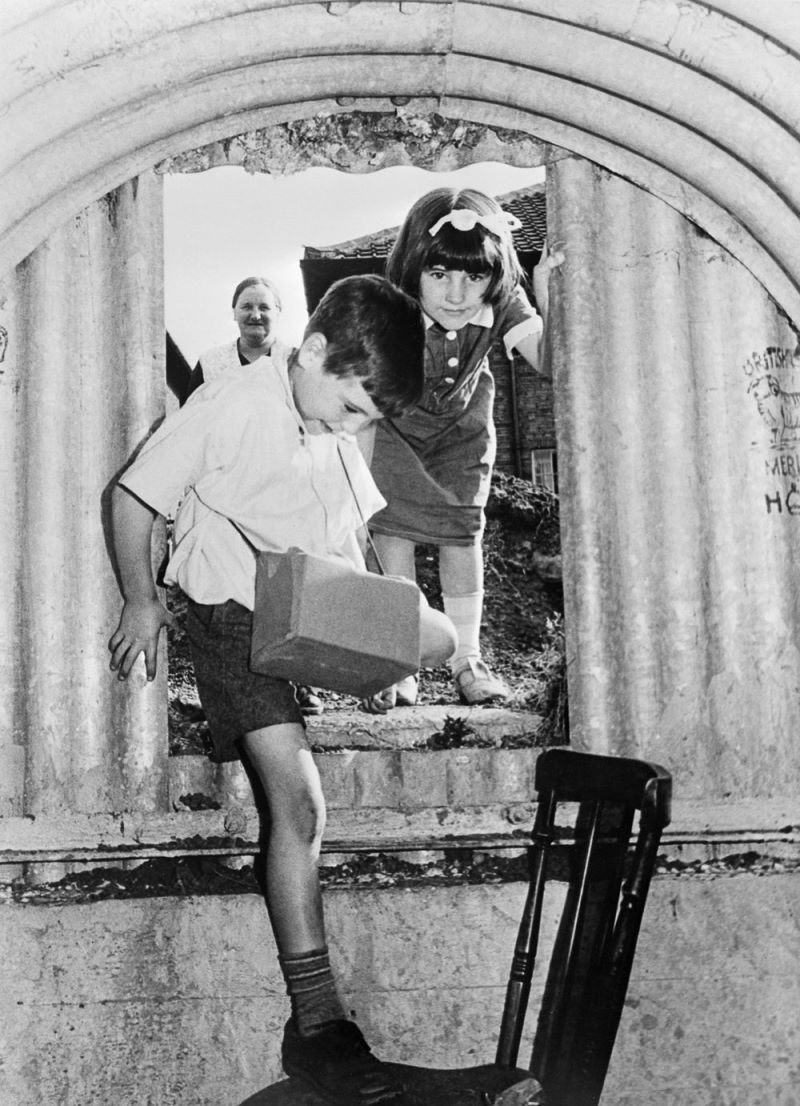
Anderson Shelters The Backyard Bunkers That Saved Britons From Luftwaffe Bombings Amusing
Here are some facts about Anderson Shelters, popular air raid shelter used during the Blitz. The Anderson shelter was designed in 1938. It was named after Sir John Anderson, the man responsible for preparing Britain to withstand German air raids. Anderson shelters were designed for 6 people. The construction of the shelter was reasonably simple.
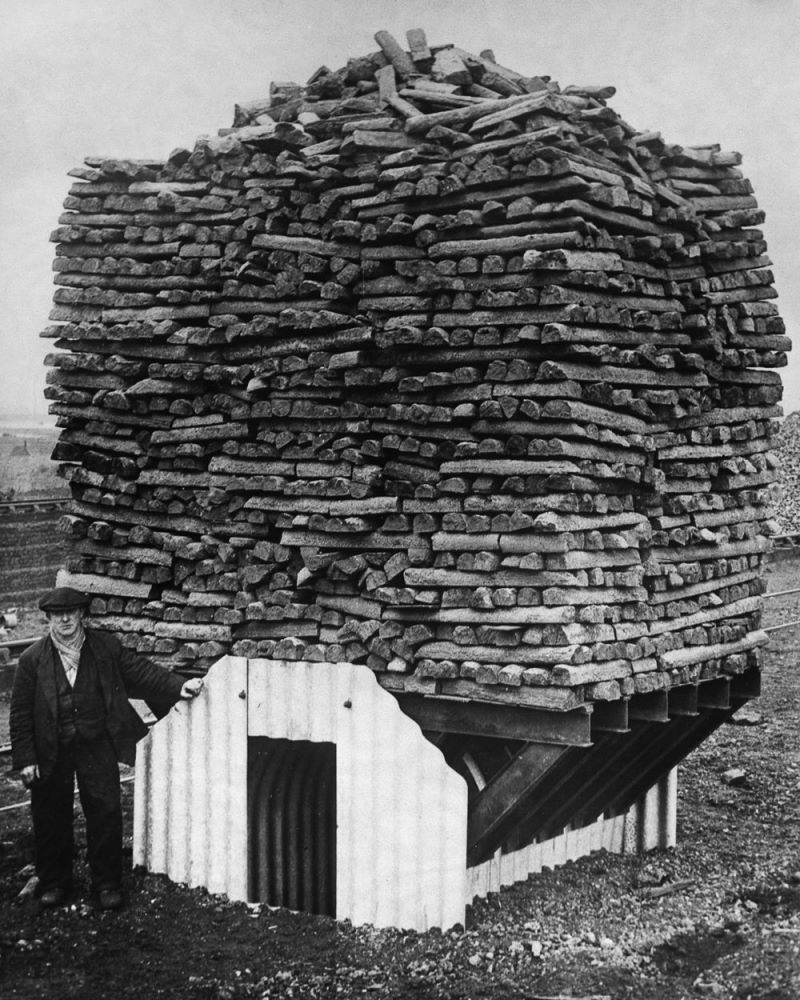
Anderson Shelters The Backyard Bunkers That Saved Britons From Luftwaffe Bombings Amusing
Martin Stanley's Anderson shelter. Photograph: Xingkun Yang/The Guardian. Just down the road from Stanley, Robert McConnell, 87, also has an Anderson shelter in his garden.
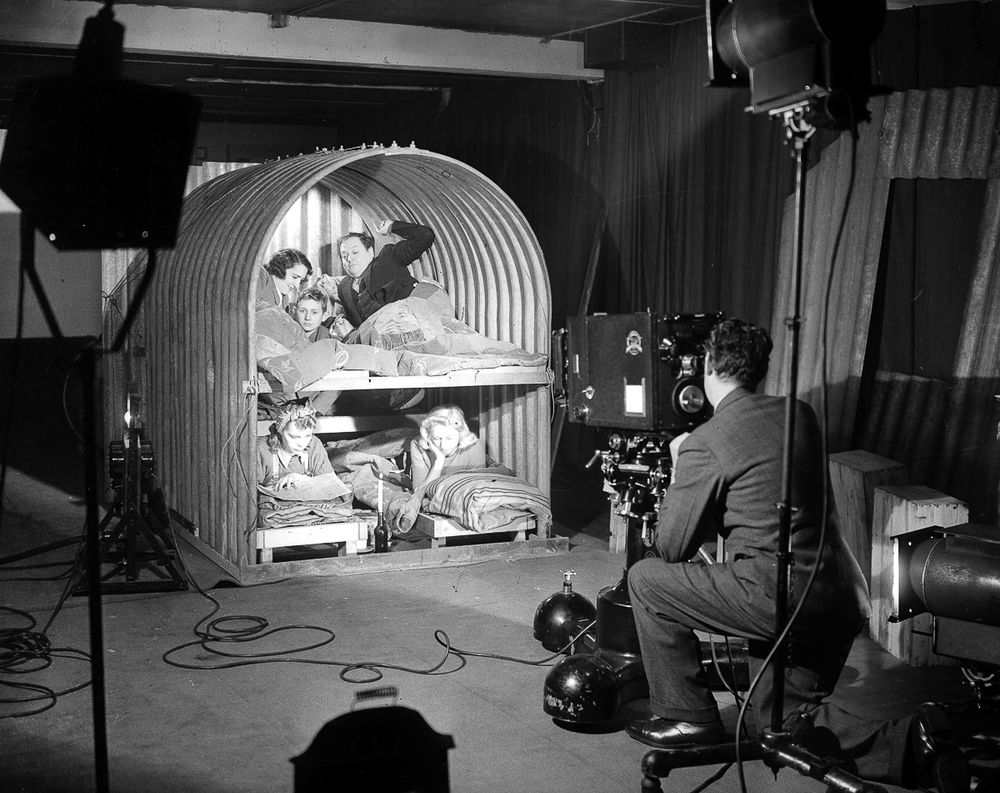
Anderson Shelters The Backyard Bunkers That Saved Britons From Luftwaffe Bombings Amusing
Welcome to Atlas Survival Shelters. Worlds #1 Bunker Builder. We produce a wide range of survival shelters designed to safeguard you and your family in the event of a pandemic outbreak, civil unrest, malicious mobs, and threats such as biological, nuclear fallout, or EMP attacks originating from either domestic or international sources. Shelter.

Digging for Victory at Elburton Primary School Anderson Shelter Restoration Day 24
The War in Ruislip Manor Part2. From London to Bampton - a Wartime Childhood. Hitchin in the War Years and Immediately Following. My War at School and at Home. A Welsh Girl's Perspective: Part 2.
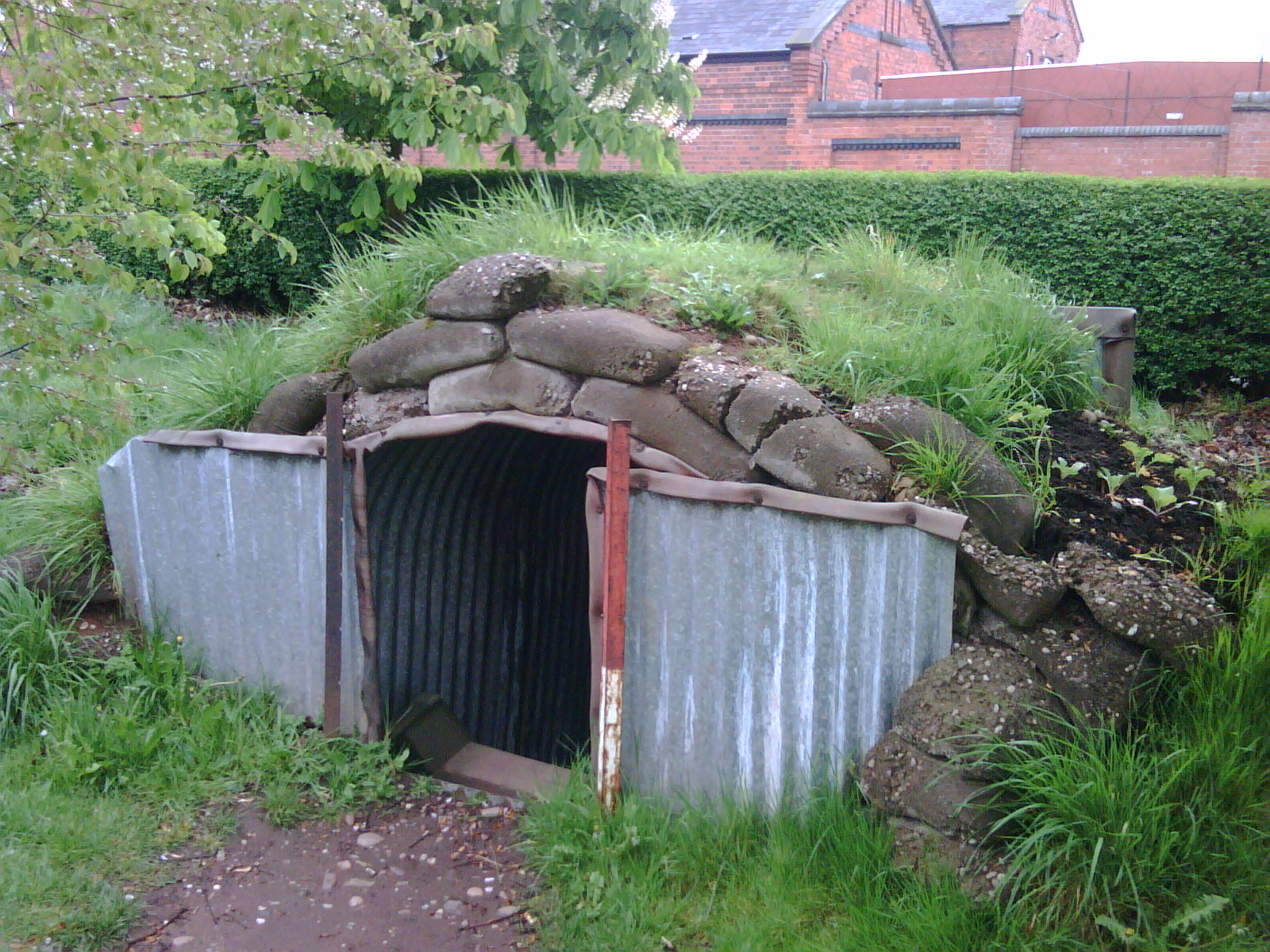
The Anderson Shelter The Little Marquis' Homework
Anderson Humane has dozens of adorable adoptables and provides the information you need to find the best animal for you and your family. We also support you post-adoption with training, low-cost veterinary care, and other resources to help you establish a positive relationship with your new animal companion.

How to make a miniature Anderson shelter in 1/12th and 1/24th scale Hobbies and Crafts
As war in Europe loomed in 1938, the Anderson shelter was designed to offer UK householders rudimentary protection during air raids. By the outbreak of World War II in September 1939, Anderson shelters had been installed in the gardens of around 1.5 million houses in the areas most expected to be targeted by the Luftwaffe.